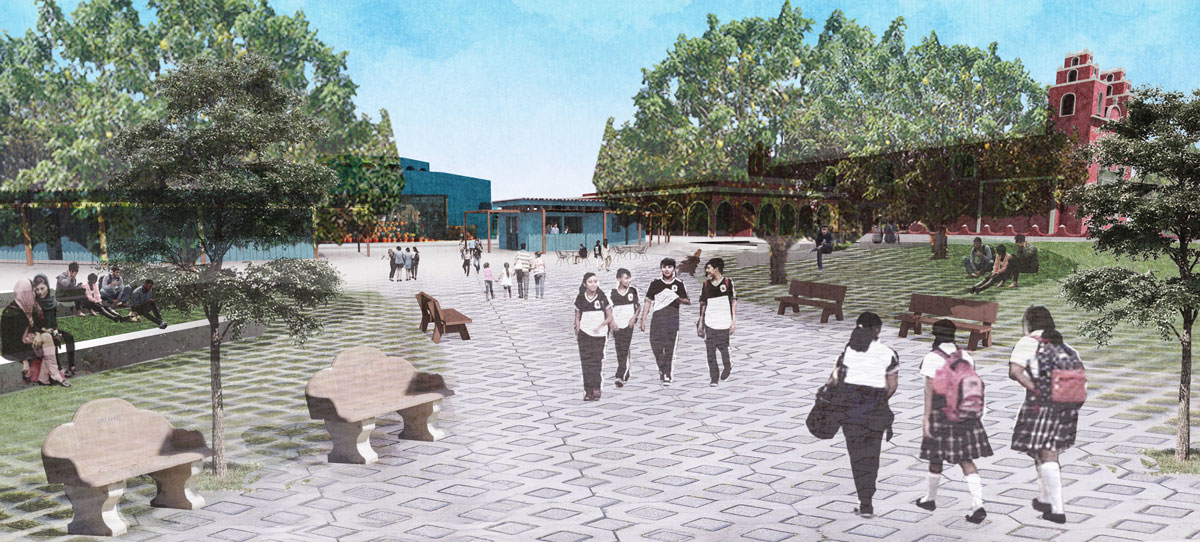K’iwik:
Revitalizing Public Space Through Temporal Elements in Temax
Team Members: Natalia Lozada, Penelope Phylactopoulos, Jacqueline Ramirez, Sabrina Ramirez, Sneha Reddy & Xochitl Urbina
The proposed project in the town of Temax consists of three main interventions. (*) Firstly, relocating the playground and the concrete basketball court that currently sit in front of the San Miguel Arcangel parrish, will give back the visual continuity between the towns main entry and its historical grounds; an important step towards preservation. (*) Following this, the second intervention is regarding Temax’s heart, a food market built in 1949. A needed addition and improvement of the market together with its physical connection to the plaza will enhance social activities and wellness. The market and the plaza will become one; they will become K’IWIK, a word of the Mayan language that describes both market and plaza.The main plaza and the market will share grounds, uninterrupted from vehicular circulation. The third main intervention is a new library built on the main plaza. (*)The library is choreographed in such a way to better integrate with the plaza activities and the existing nature. Built with a gradient of enclosed, semi-enclosed (covered) and open spaces it will replenish the social life of all ages.
Through the principle of K’iwik, higher temporal possibilities in Temax’s public realm can be achieved. The goal of the intervention is to enhance the temporal nature of the existing market and plaza, rehabilitate the existing neglected library and propose complementing courtyards, to attend to the social and public need of Temax’s residents.
Through the principle of K’iwik, higher temporal possibilities in Temax’s public realm can be achieved. The goal of the intervention is to enhance the temporal nature of the existing market and plaza, rehabilitate the existing neglected library and propose complementing courtyards, to attend to the social and public need of Temax’s residents.
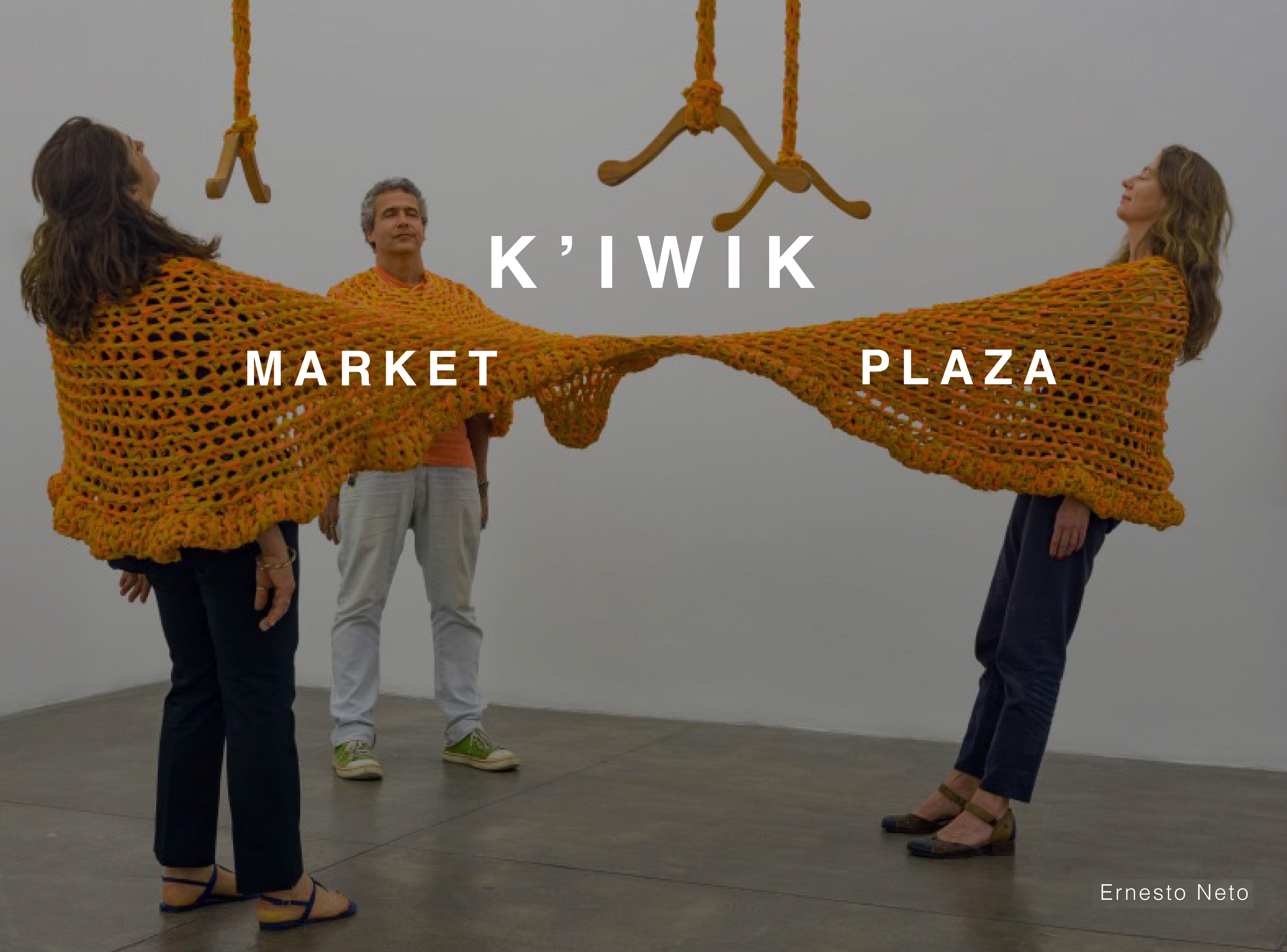
Etymology (mayan):
‘Te’ : here
‘Maax’ : monkey
Founded on: Belonged to the cacicazgo of Ah
Kin Chel, 1825; villa en 1867 y ciudad en 1914,
and in 1922 denomination of Pueblo.
Population: 7,210
Town Surface Area: 329,5 km² (municipality)


SITE ANALYSIS
Type of activity observed at different times of day:
Temporal hypothesis
Initially, based on the reality of the harsh weather, we imagined that, urbanistically speaking, public spaces were exclusively used either in the morning or in the evening We estimated that there is complete stillness in the middle of the day and movement again in the evening.
Spite the straightforward conclusions in most programs, there were programs that challenged our hypothesis. After a closer temporal analysis: documenting each program three times a day, we discovered that certain programs hosted multiple activities throughout the day.
This quality inspired us to find the way to extend this versatility to the rest of the public realm.
To better understand the existing temporal intensities in Temax, we decided to explore the social and temporal in relationship to the physical.
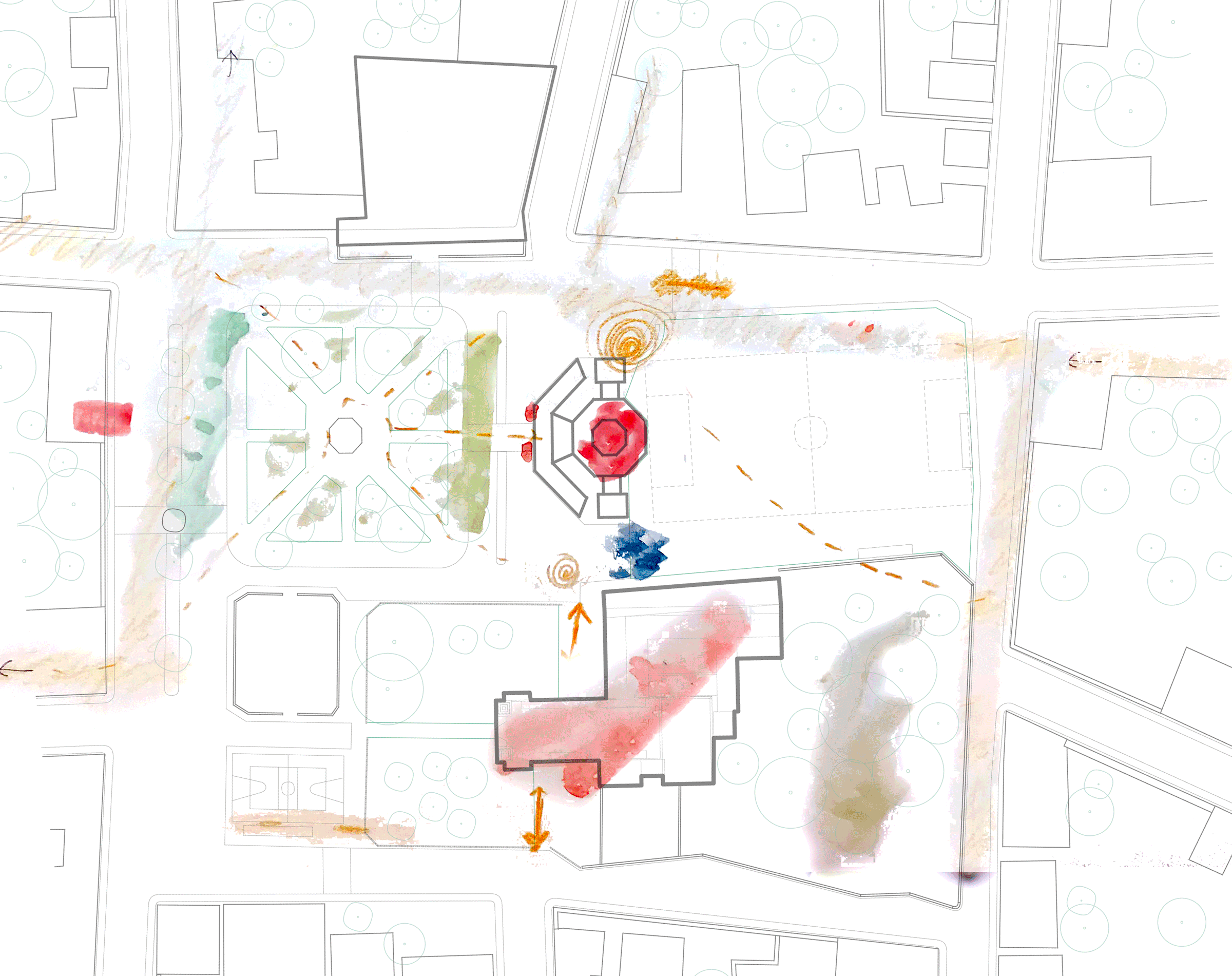
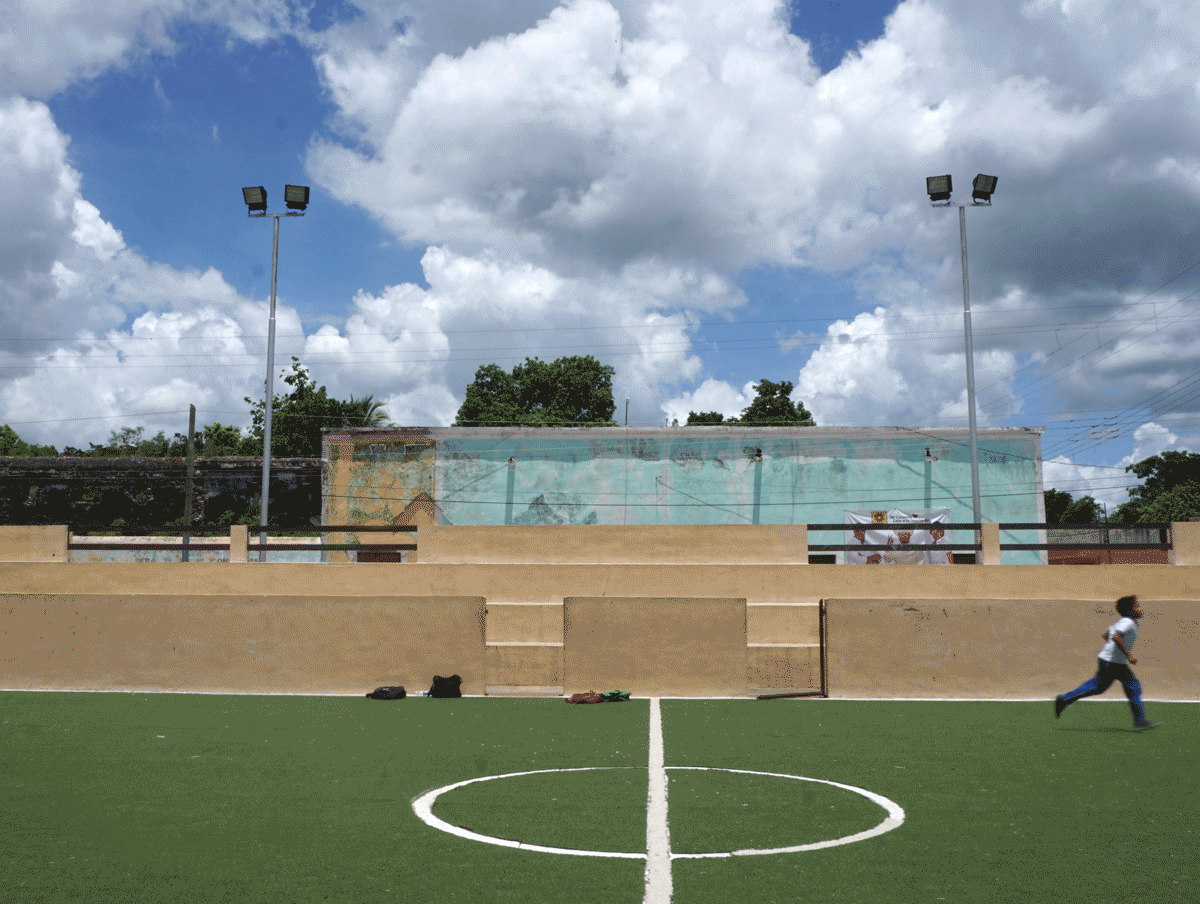
“Futbol Rápido” field being used by local children at noon, in Tepakán, Yuctán.
Types of elements to define and design public spaces:
![]()
![]()
![]()
![]()
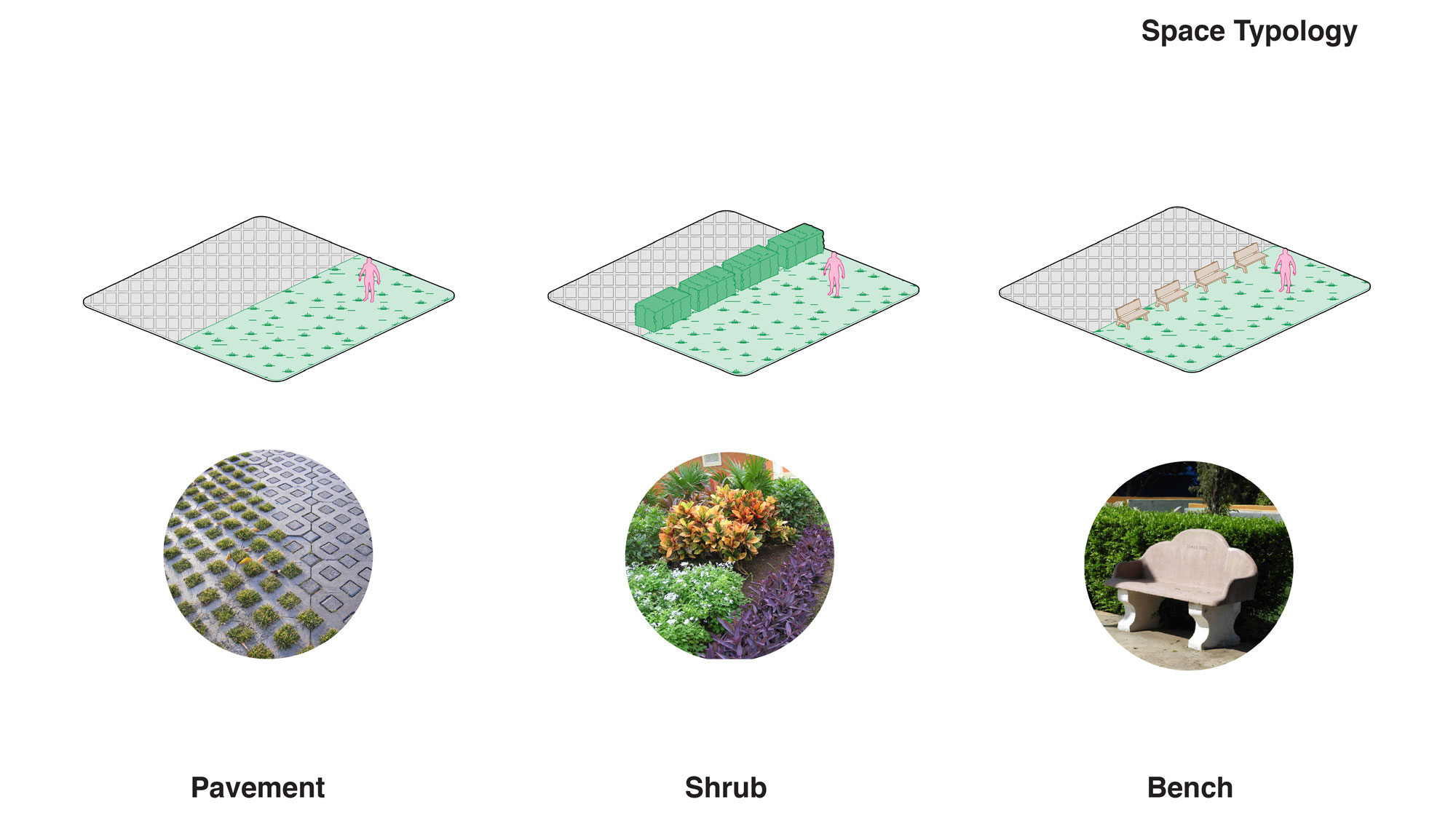
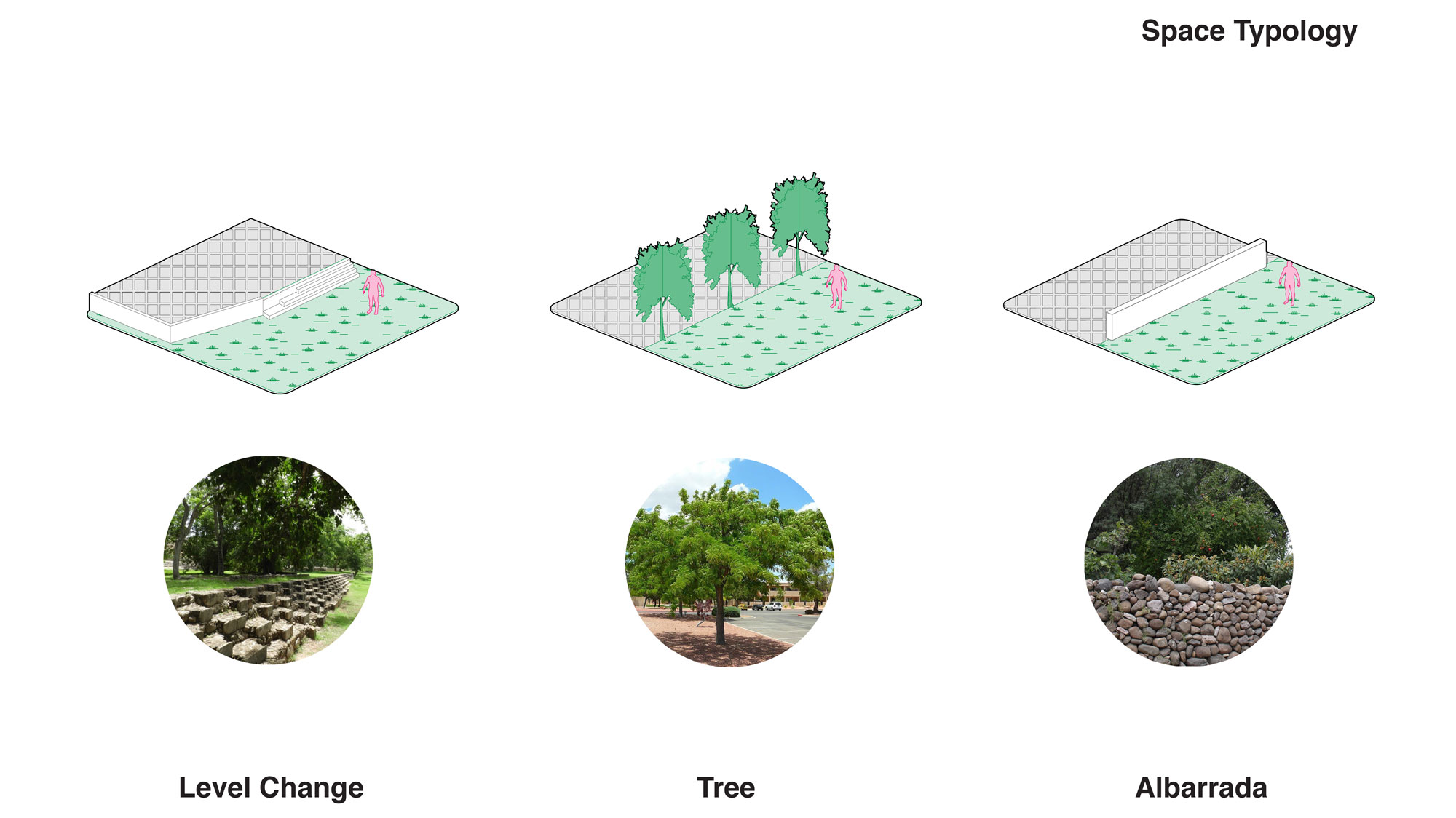
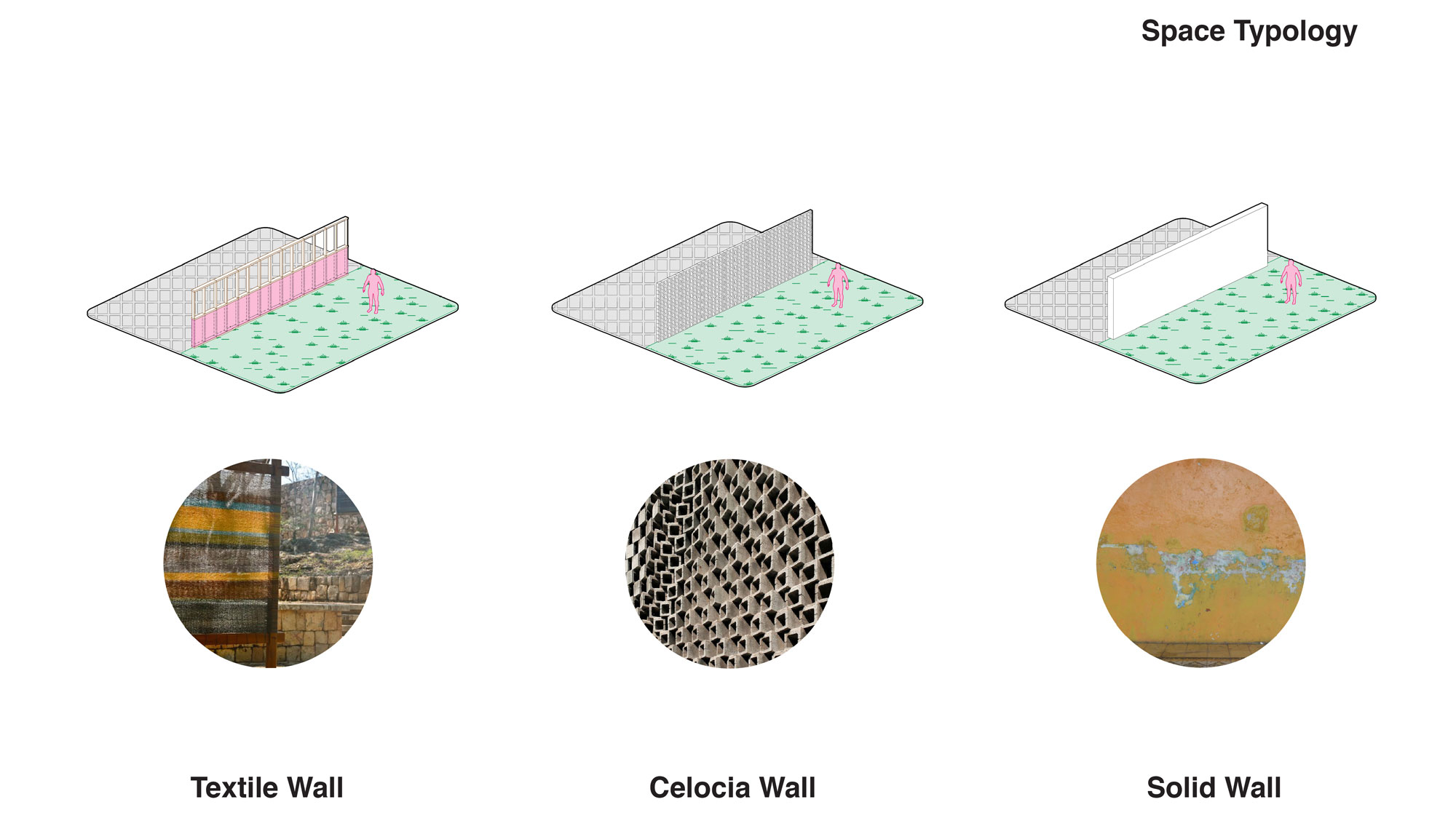


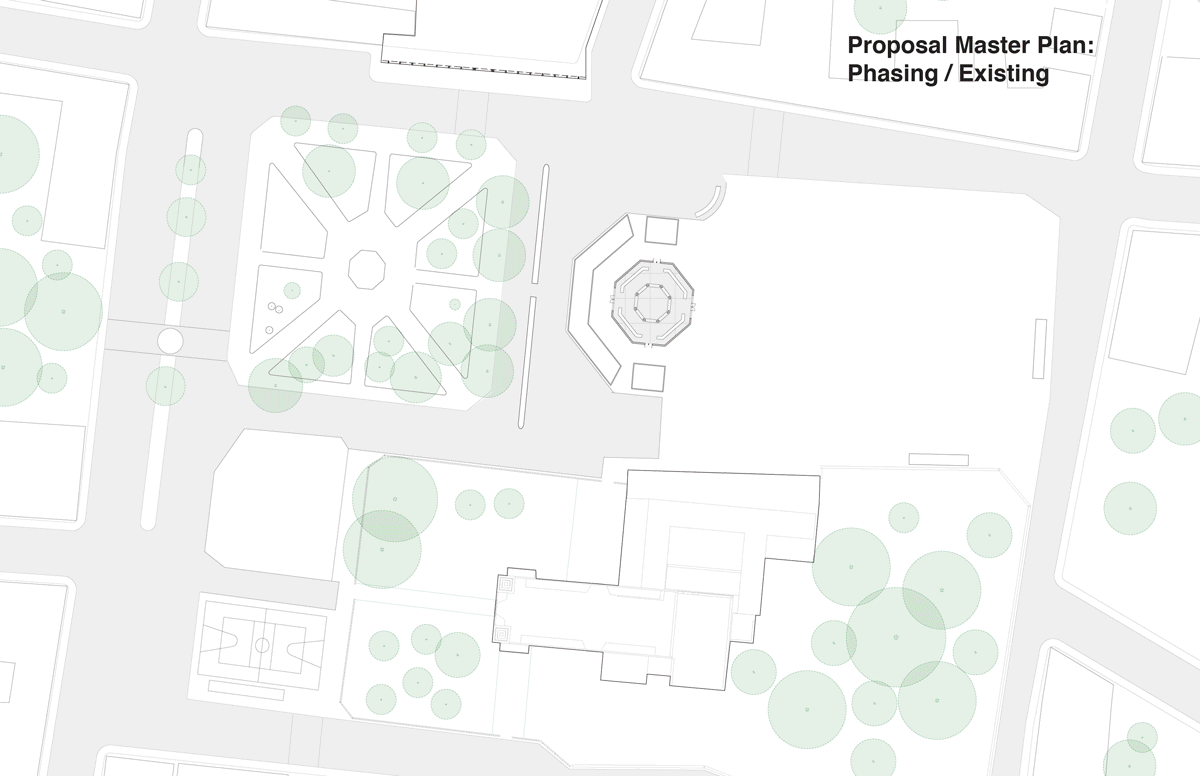
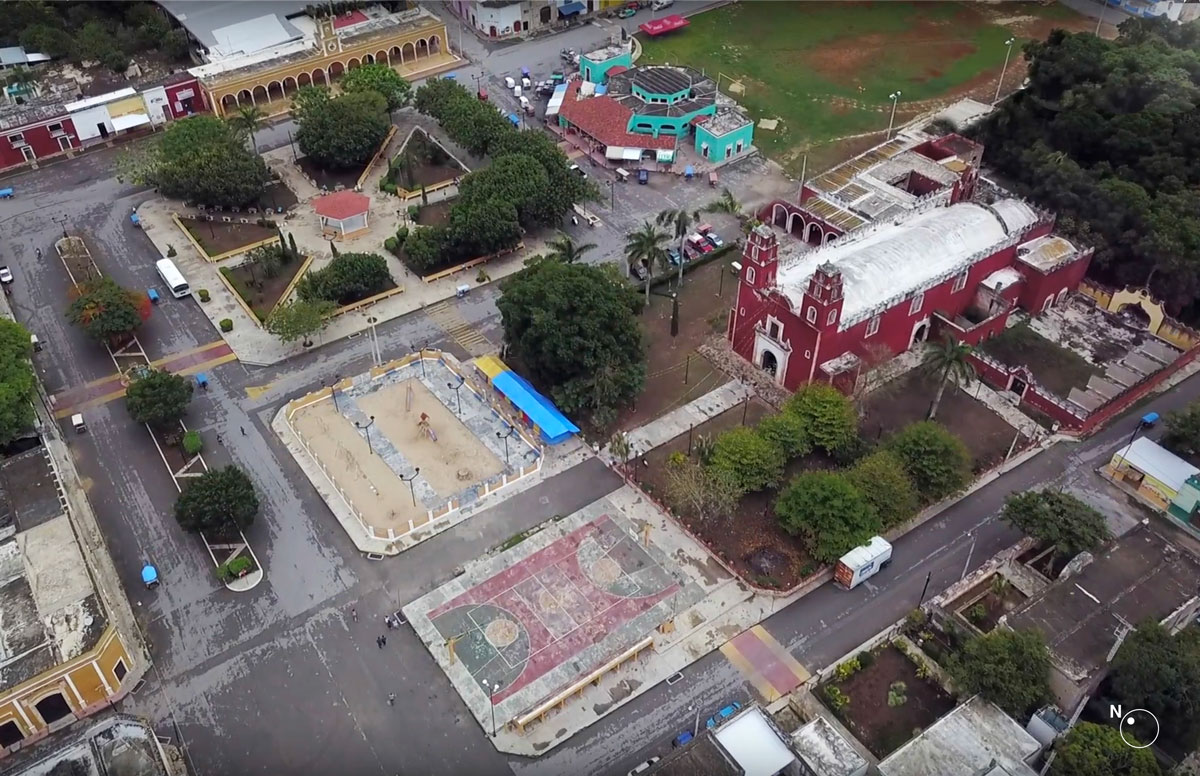
Existing Conditions

Proposal

Master Plan
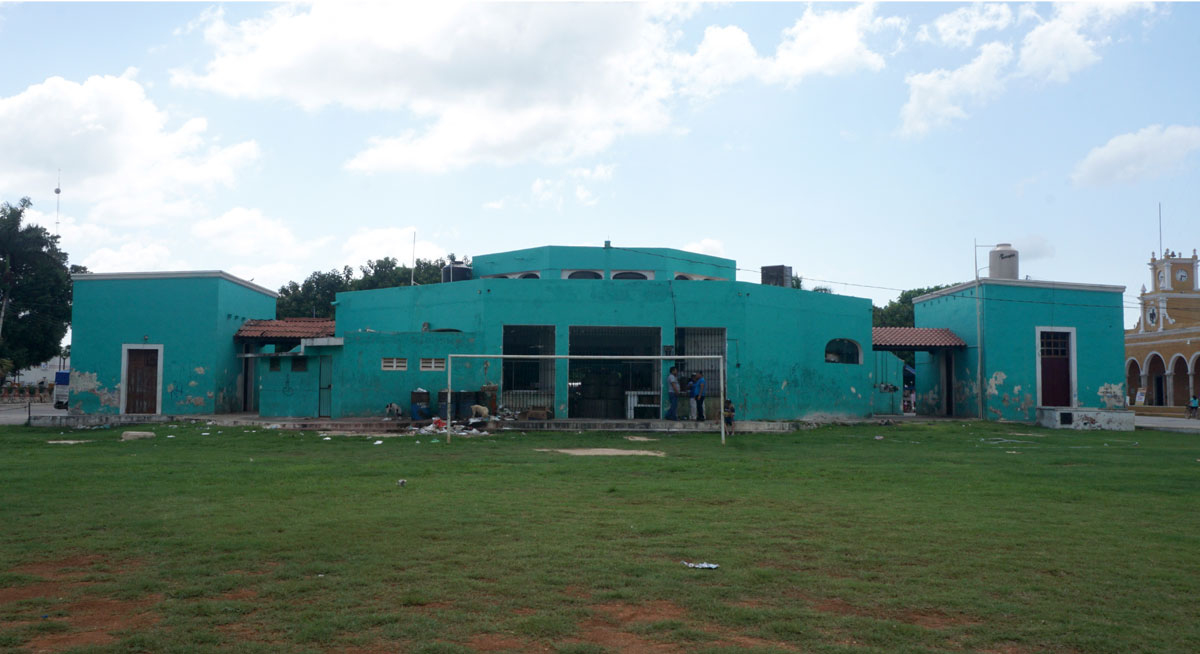
Existing Back-Entrance of Market

Proposed Back-Entrance of Market

